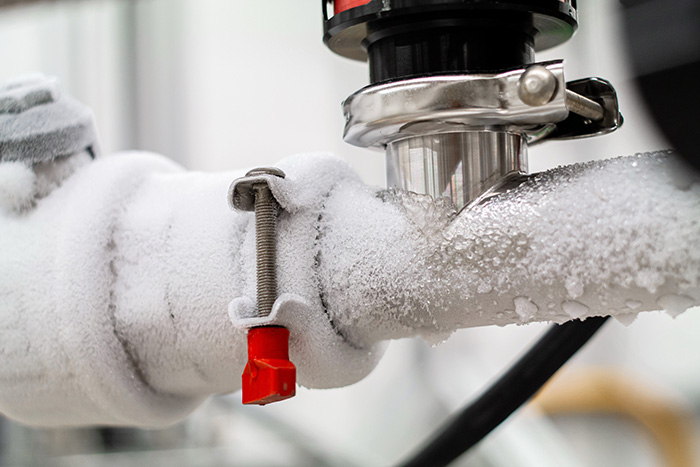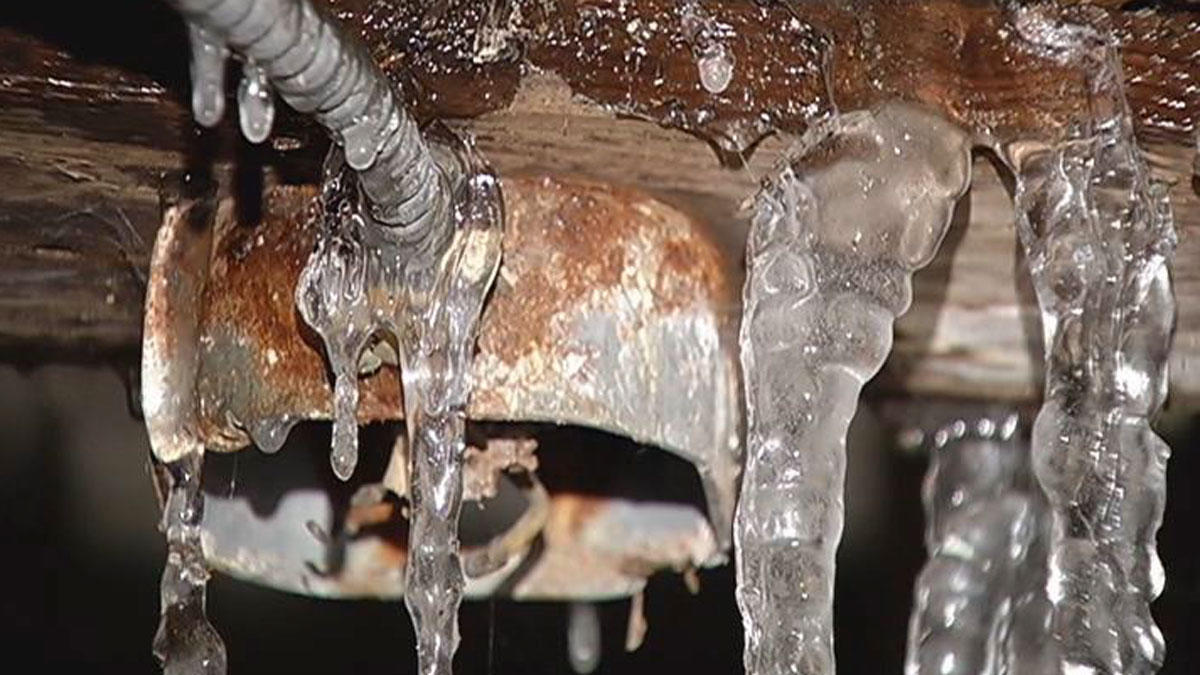Safeguarding Your Pipes from Freezing Issues: Critical Strategies
Safeguarding Your Pipes from Freezing Issues: Critical Strategies
Blog Article
Just how do you actually feel on the subject of Winter Plumbing Precautions: Preventing Frozen Pipes?

Cold weather can wreak havoc on your pipes, especially by freezing pipelines. Right here's how to prevent it from taking place and what to do if it does.
Introduction
As temperatures decrease, the risk of frozen pipelines rises, possibly causing expensive repair services and water damages. Comprehending just how to avoid icy pipes is critical for homeowners in chilly environments.
Understanding Frozen Pipelines
What creates pipes to freeze?
Pipes freeze when subjected to temperature levels listed below 32 ° F (0 ° C) for expanded durations. As water inside the pipelines ices up, it expands, putting pressure on the pipe walls and potentially causing them to rupture.
Dangers and damages
Frozen pipes can result in water system interruptions, building damages, and costly repair work. Ruptured pipes can flooding homes and trigger extensive architectural damage.
Indications of Frozen Piping
Identifying frozen pipelines early can avoid them from bursting.
Just how to recognize icy pipes
Look for lowered water flow from taps, uncommon odors or sounds from pipes, and noticeable frost on exposed pipelines.
Prevention Tips
Shielding prone pipes
Cover pipes in insulation sleeves or make use of warm tape to secure them from freezing temperatures. Concentrate on pipelines in unheated or exterior areas of the home.
Home heating techniques
Maintain indoor spaces sufficiently heated, specifically areas with pipes. Open up cabinet doors to enable cozy air to circulate around pipes under sinks.
Safeguarding Exterior Pipes
Yard hoses and outdoor faucets
Detach and drain yard hose pipes prior to wintertime. Set up frost-proof spigots or cover outside faucets with protected caps.
What to Do If Your Pipelines Freeze
Immediate actions to take
If you suspect icy pipelines, maintain faucets open to relieve stress as the ice melts. Make use of a hairdryer or towels soaked in hot water to thaw pipes gradually.
Long-Term Solutions
Structural modifications
Consider rerouting pipelines away from outside walls or unheated locations. Include extra insulation to attic rooms, cellars, and crawl spaces.
Updating insulation
Invest in premium insulation for pipelines, attic rooms, and walls. Correct insulation helps maintain constant temperature levels and reduces the risk of icy pipes.
Final thought
Protecting against icy pipelines calls for proactive steps and quick reactions. By comprehending the reasons, indications, and safety nets, homeowners can protect their pipes throughout winter.
6 Proven Ways to Prevent Frozen Pipes and Protect Your Home
Disconnect and Drain Garden Hoses
Before winter arrives, start by disconnecting your garden hoses and draining any remaining water. Close the shut-off valves that supply outdoor hose bibs and leave the outdoor faucet open to allow any residual water to drain. For extra protection, consider using faucet covers throughout the colder months. It’s also important to drain water from any sprinkler supply lines following the manufacturer’s directions.
Insulate Exposed Pipes
Insulating your pipes is an effective way to prevent freezing. Pipe insulation is readily available at home improvement stores and is relatively inexpensive. Pay close attention to pipes in unheated areas such as the attic, basement, crawl spaces, or garage. Apply foam insulation generously to create a buffer against the cold. You can also wrap your pipes in heat tape or thermostat-controlled heat cables for added warmth.
Seal Air Leaks
Inspect your home for any cracks or openings that could let in cold air. Seal any holes around the piping in interior or exterior walls, as well as the sill plates where your home rests on its foundation. Additionally, make sure to keep your garage door closed unless you’re entering or exiting. Leaving it open creates a significant air leak that can lead to frozen pipes.
Allow Warm Air Circulation
During cold snaps, it’s essential to allow warm air to circulate evenly throughout your home. Leave interior doors ajar to promote better airflow. Open kitchen and bathroom cabinets to help distribute heat consistently around the rooms. If you have small children or pets, be sure to remove any household chemicals or potentially harmful cleaners from open cabinets for safety.
Let Faucets Drip
A small trickle of water can make a big difference in preventing ice formation inside your pipes. When temperatures drop significantly, start a drip of water from all faucets served by exposed pipes. This continuous flow helps prevent the water from freezing. Additionally, running a few faucets slightly can relieve pressure inside the pipes, reducing the chances of a rupture if the water inside does freeze.
https://choateshvac.com/6-proven-ways-to-prevent-frozen-pipes-and-protect-your-home/

I am just very focused on How to Prevent Your Pipes From Freezing and I really hope you appreciated my blog posting. Remember to take the time to distribute this entry if you liked it. We take joy in reading our article about Winter Plumbing Precautions: Preventing Frozen Pipes.
Get A Quote Report this page